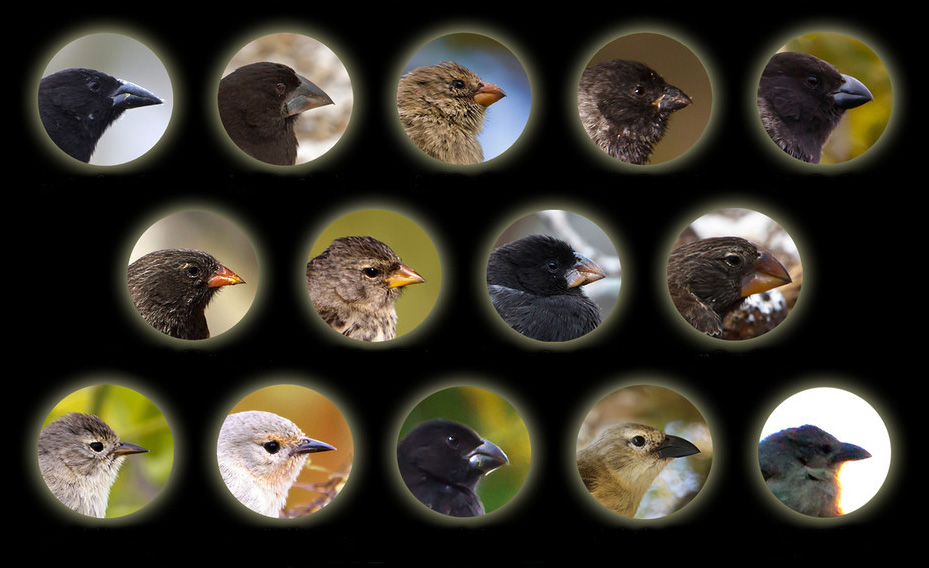
Driving along the highways of Connecticut, many don’t realise that the rocks by the side of the roads holds a looking-glass to one of the most famous times in geological history – the Jurassic Period.
The natural landscape of the Newark and Hartford Basins in Connecticut, as it was about 200 million years ago, would look very unfamiliar. The land that we know and on which we live today was at times a desert, at other times submerged under a series of lakes. These were not mere shallow pools of water, but lakes so deep that the waters could become stratified, that is, form distinct layers. The shallows were aerated by wind and tide, and teeming with life. The deeper layers were so far below the surface that oxygen could not be mixed in from the atmosphere, and these waters lacked oxygen for much of the time, so that fish could not live there. The lakes went through cycles of flooding and drying, and were connected during periods of flooding.
More than 6 genera and 13 species of fish have been found in Connecticut. Wesleyan’s collections hold a large number of an especially puzzling and intriguing fossil genus, Semionotus. Even after 150 million years, the glossy sheen on the scales of these fish are so well-preserved that visitors often ask if they are lacquered. The excellent preservation allows researchers to see the large array of shapes of body shapes and dorsal scales, suggesting that these fish may have undergone what scientists often call the Founder’s Effect.
Fossil deposits are found only in some strata in the rocks, with gaps corresponding between them, representing the duration of the flood-dry cycles in these Jurassic rift basin lakes. Fossils are only preserved from the stages of the cycles when deeper parts of the lakes lacked oxygen, as seen by the microlamination of the shales: no animals were burrowing to disturb this fine layering. By looking closely at the fossils from these intermittently connected lakes, scientists realized that Semionotus commonly displayed a large morphological diversity soon after they were introduced into a large continuous habitat, formed by large scale flooding of the basin.

This phenomenon is observed today in a number of settings, including the most famous example, Darwin’s Finches from the Galapagos Island. The Galapagos are volcanic islands that had no birds before the arrival of the mainland finches. To minimise competition, the finches quickly evolved into many species that utilise very different resources on the island. Some fed on seeds, other prefer insects, cactus berries, nectar, worms in hollow trees and so on. The empty ecological niches on the islands provided the birds with an opportunity to diverge into different lifestyles that facilitated rapid speciation, whereas the mainland species remained as a single species, which could not outcompete other birds that had already filled corresponding ecological niches.

Founder’s Effect commonly provides a more hopeful outlook on anthropogenic change in the modern times, and brings into discussion whether new environments caused by human activities might drive some species to increase morphological diversify. If this were true, the loss of species due to human activities might be offset.
Cover photo: Semionotus sp. scales detail from the Wesleyan Joe Webb Peoples Museum collections. Photo courtesy of Andy Tan ’21.
